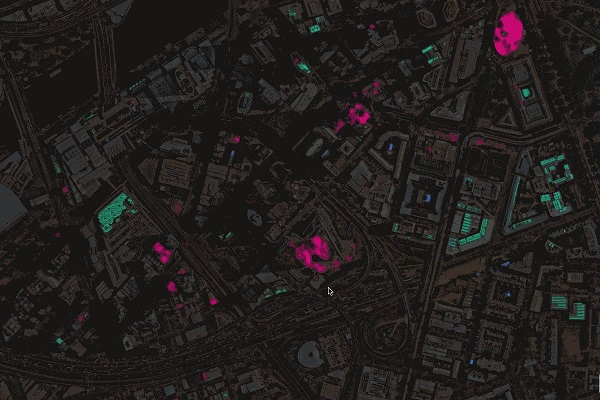Nearmap AI for automatic aerial imagery insights at scale available

Aerial imagery company, Nearmap has announced the general availability of its Nearmap AI in Mapbrowser, a series of datasets constructed from machine learning models deployed across Nearmap high-definition aerial images.
The launch makes Nearmap the first among aerial imagery providers to offer both AI analysis and high-definition, frequently updated aerial images on a commercial scale. It lets users automatically identify ground features from tree overhang to residential footprints, track changes and verify insights against a massive scale of aerial imagery.
This makes it easier for organisations to access and use AI-driver location intelligence regardless of size. For example, a local government could remotely appraise property developments and detect changes in public construction projects.
“Our customers are the key drivers of our innovation, and they have been telling us about their increasing need to quickly gather location insights that can enhance their productivity and give them a competitive edge,” Nearmap chief executive and managing director Rob Newman says.
“Nearmap AI is a product innovation breakthrough which has been in the making for some time now. What’s unique about it is that it combines the best of both worlds — data analytics and high-definition, frequently-updated aerial imagery. And when you add Nearmap tools for measurement, search and location identification, businesses get a solution that will exponentially help scale up their insight gathering efforts, with richer and more accurate data.”
Nearmap AI datasets are integrated with consistent, verifiable aerial imagery from its extensive library.
Professionals across insurance, utilities and local government will be able to explore a variety of use cases, as reflected in the strong demand among early industry adopters during the beta period. These include:
- Automated property analytics, to facilitate risk underwriting and claims management;
- Digital underwriting and claims processing;
- Supplementary datasets to enrich risk modelling;
- Property appraisals, including detecting changes in developments;
- Assessments of development applications and permits;
- Change detection for property valuations; and
- Public safety and planning
